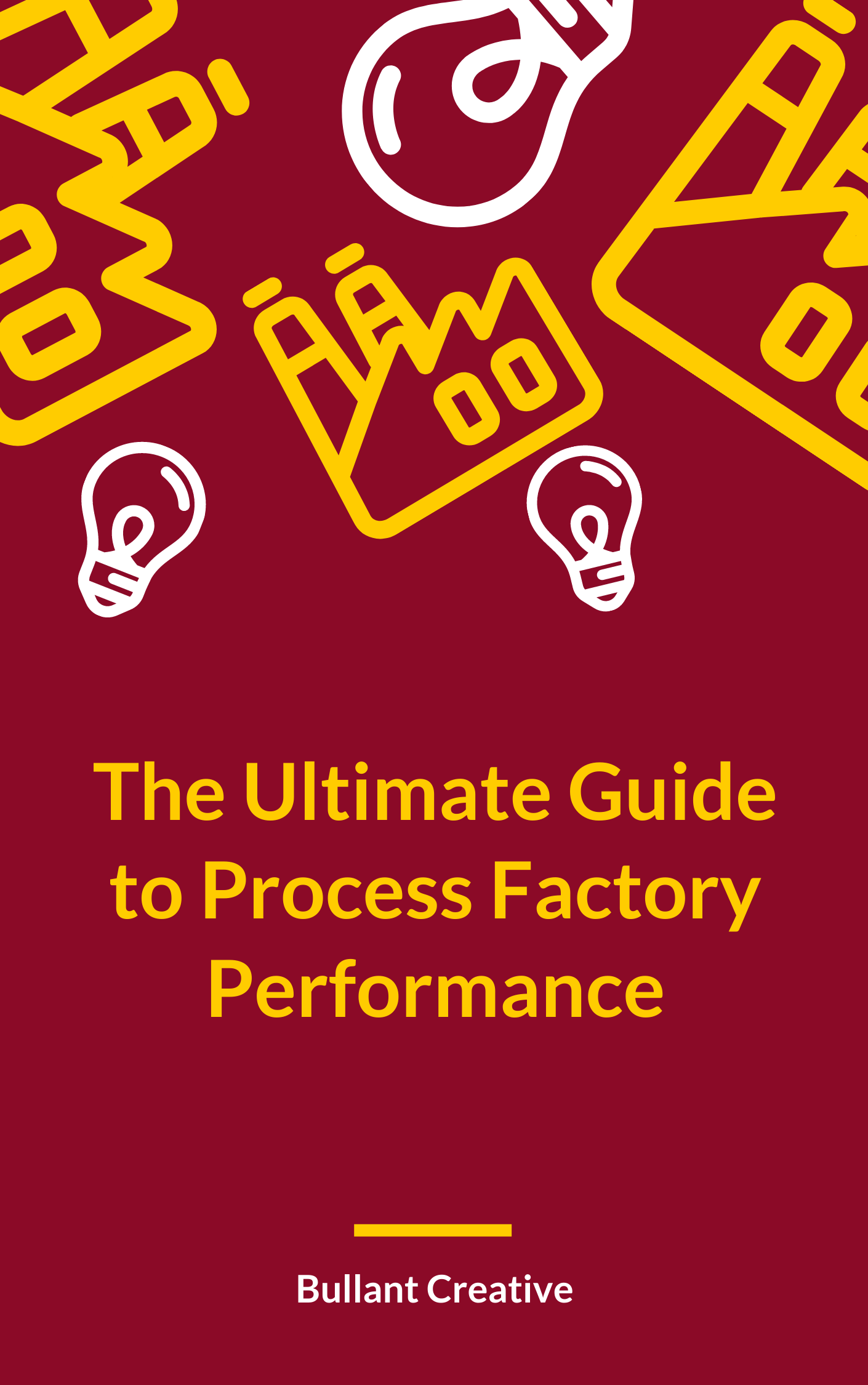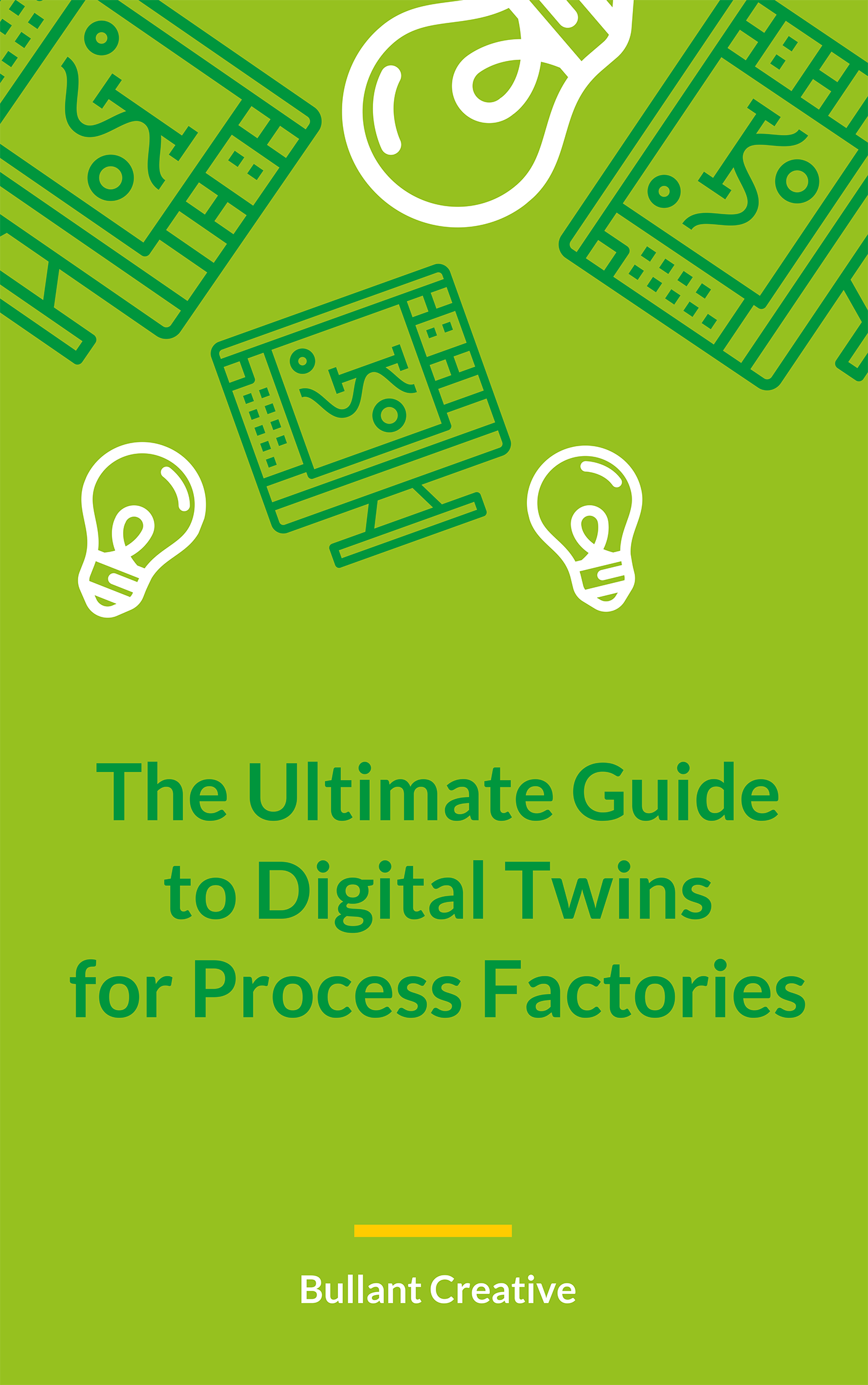Buffer Sizing
We can optimise the size of any of the 3 buffer types (inventory, capacity & time buffers) within a factory.
Inventory Buffer Sizing
Design inbound and outbound inventories to shield factories from variation.
Capacity & Time Buffer Sizing
Optimise capacity & time buffers for maximum factory performance.
Inventory Buffer Sizing
Inventory buffers are used to manage Make-To-Stock products and materials. Time buffers and capacity buffers are used to manage Make-To-Order products and materials.
Inventory buffers are used to absorb demand and supply variation for those finished goods, raw materials and parts that have a high average demand relative to the optimum replenishment quantity.
The intention of an inventory buffer is to decouple the downstream customer or process from upstream leadtimes and variability. We can size inventory buffers using;
Capacity & Time Buffer Sizing
Make signals to the factory may arrive as a replenishment signal from a strategic inventory buffer (Make-To-Stock) or as a pure order from a customer (Make-To-Order) depending on the supply chain strategy.
Time and capacity buffers are used to manage Make To Order (or Deliver To Order) materials and absorb demand and supply variation for finished goods, raw materials and parts that have much slower average demand relative to the optimum replenishment quantity. They may also be used for high cost materials where the risk, and costs, of obsolescence are high.
Time and capacity buffers are also used in production processes to control factory performance (see this article for more information).


